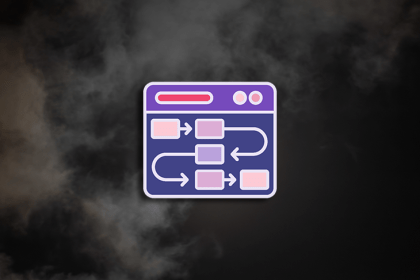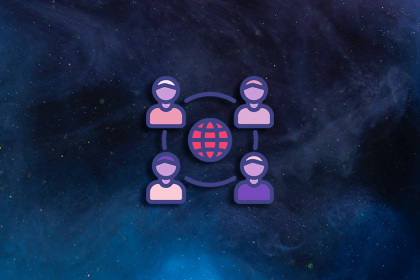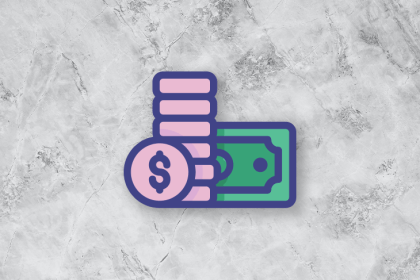
In this guide, we’ll define what acceptance criteria are, how to write them effectively for your user stories, the role of acceptance criteria in agile methodologies, and more.

Cross-functional UX designers are often referred to as T-shaped product designers. Let’s look at who they are and how to become one.

Max-diff surveys can assist you in crafting superior pricing strategies by addressing the most vital pricing question: what should you even charge for?

Organizing the discovery process might seem like an impossible task. But an opportunity solutions tree might help. Here’s how.

A monetization model shows how you capture value from your customers and what tradeoffs you make while doing so.

Whether you make your users feel truly included can make an enormous difference in your user engagement and business results.

Unsegmented, general revenue figures only tell part of the story. Distinguishing between different sources of revenue — namely, new and recurring revenue — is vital for deriving essential insights and fine-tuning your projections.

There isn’t a one-size-fits-all course or program for product managers. Luckily, we dug through dozens of PM courses so you don’t have to.

Discover the importance of monetization when introducing new features, when you should consider expanding your monetization strategy, and the difference between vertical and horizontal expansion.

User interviews are the bread and butter of every UX designer. Here are some questions that can be useful in your next interview.

For PMs, all decisions are not created equal. Understanding the difference between type 1 and type 2 decisions helps you balance the compulsion to keep things moving with the need to step back and examine the process.

The free trial is one of the most potent tactics for product-led growth. Explore 8 proven tactics to help you improve your conversion rate and get more paying subscribers by revamping the free trial experience.